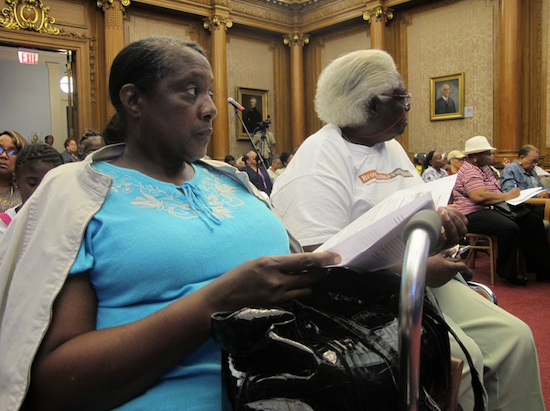Sequester a ‘tight squeeze’ for Section 8 housing residents

To see the consequences of congressional belt tightening, look no further than Yolanda Matthews.
“They’re squeezing me,” Matthews said. “I don’t know how I’m going to live.”
Section 8 housing allows Matthews — a resident of Brownsville’s Marcus Garvey Village for 39 years — to live in a three-bedroom apartment with her son and granddaughter. Total rent: $1,300. Permanently disabled from an on-the-job injury since 2002, Matthews receives workers’ compensation payments. After rent is paid, she subsists on about $200-$300 a month for food.

Brooklyn Boro
View MoreNew York City’s most populous borough, Brooklyn, is home to nearly 2.6 million residents. If Brooklyn were an independent city it would be the fourth largest city in the United States. While Brooklyn has become the epitome of ‘cool and hip’ in recent years, for those that were born here, raised families here and improved communities over the years, Brooklyn has never been ‘uncool’.